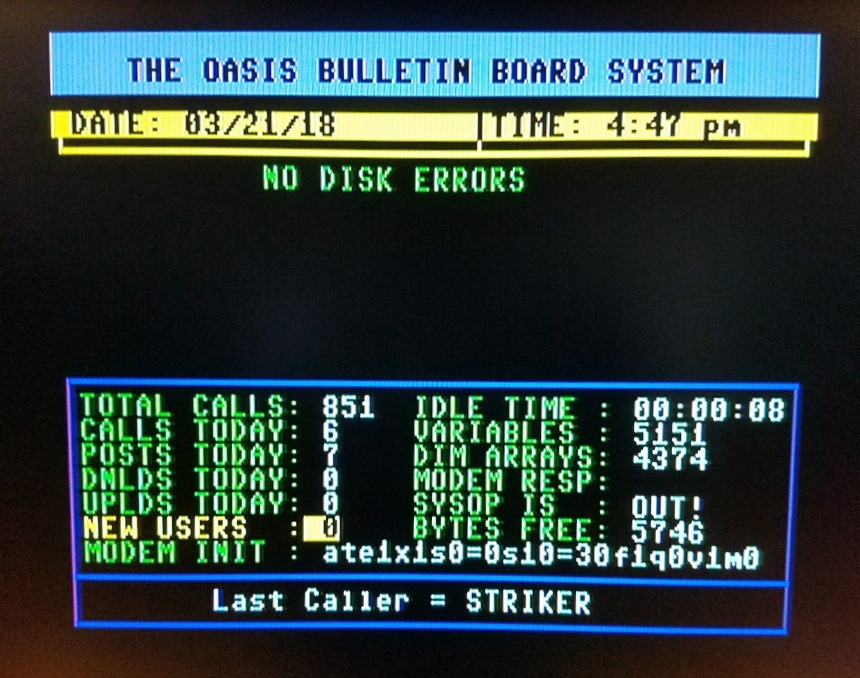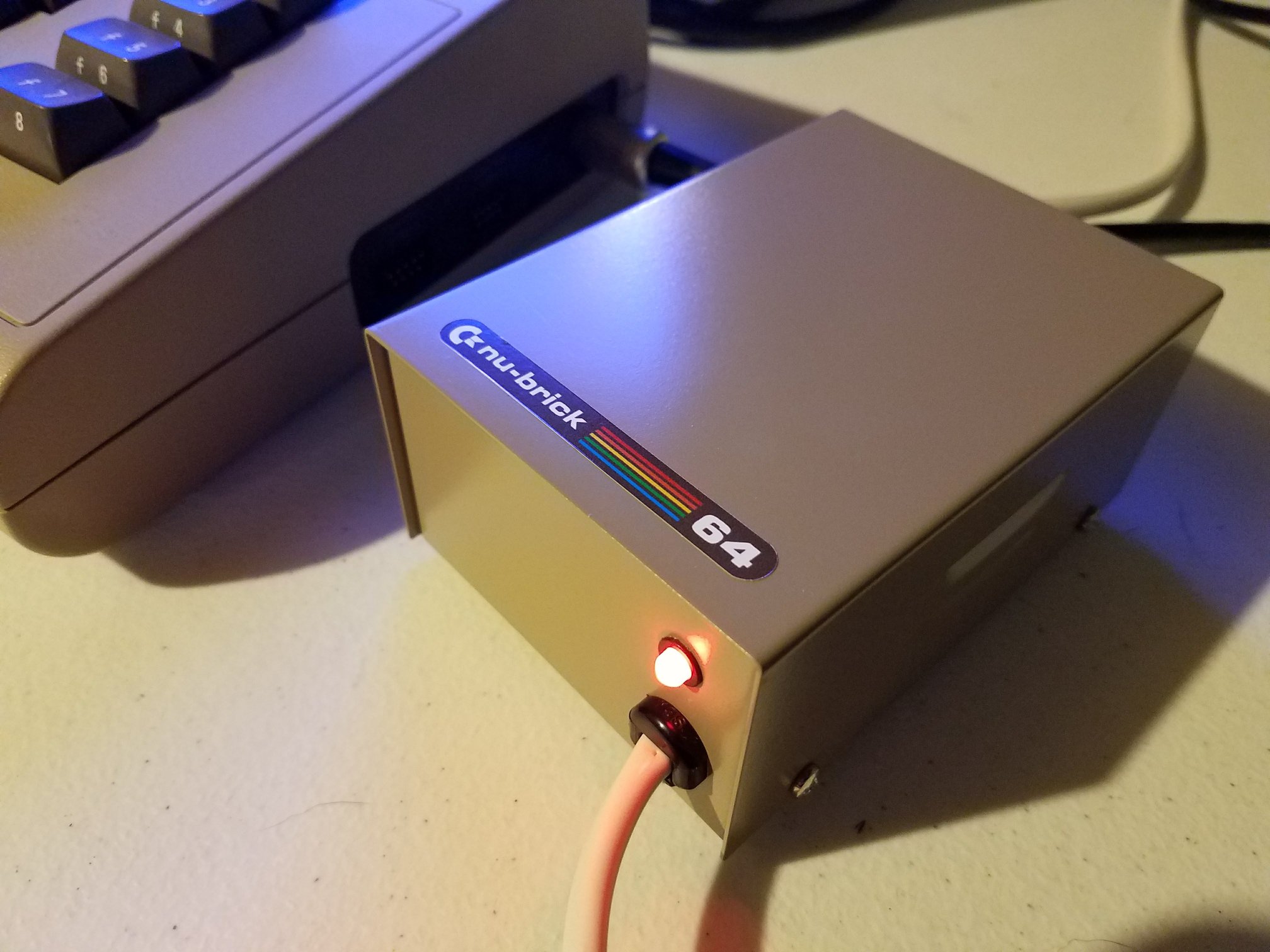Writing Amiga games in 2025 might sound like a retro dream, but The Retro Collective shows it’s not just possible—it’s surprisingly rewarding. In a new video, they explore the process of finally tackling an old ambition: building a game using Blitz Basic 2. This journey, decades in the making, begins with a missed opportunity in 1993 and evolves into a full-blown modern project using updated tools like Amiga emulators, AmiBlitz 3, and—believe it or not—Microsoft Excel.
Back in 1993, Amiga Format magazine’s cover disk offered Blitz Basic 2 to would-be programmers. Like many, the video’s host never gave it the time it deserved. Fast forward to 2025, and that mistake is being corrected—big time. Armed with emulation, an Amiga 4000 setup, and AmiBlitz (a modern continuation of Blitz), they dive headfirst into the world of writing Amiga games with new resolve.
Rediscovering Blitz with AmiBlitz
The video takes viewers through the fundamentals of Blitz Basic and its modern descendant, AmiBlitz. Blitz was designed to make game creation on the Amiga accessible without assembly language. Its speed and ease-of-use made it legendary, and now, AmiBlitz carries that torch with a better IDE, built-in help, and robust support.
To prove the concept, our host starts building a pipe-based puzzle game inspired by Pipe Mania. They sketch tiles, define arrays, and build a grid—all within the Blitz environment. Over time, the logic grows more complex, involving flow animations, player controls, and visual tile transitions.
From Excel to Execution
One of the video’s highlights is the unconventional use of Excel as a tile design tool. With color-coded cells mapped to Amiga palette values, Excel helps the host plan out how pipe tiles will align and animate. The resulting game—Pump House Panic—progresses through numerous versions, each iteration refining both gameplay and performance.
Along the way, the host hits performance walls. Drawing too many tiles slows gameplay on real Amiga hardware. So, they shift to an optimized approach: only update parts of the screen that change. The final version runs smoothly even on a stock Amiga 500, thanks to clever memory management and palette flipping for animation.
Talking Blitz with Sven and Rob
AmiBlitz wouldn’t exist without its modern stewards. The video includes interviews with Sven, the developer keeping AmiBlitz alive, and Rob Cranley, a prolific Blitz coder and tutorial author. Their insights into Blitz’s history and functionality round out the journey and invite newcomers to join the growing community.
A Hobby Reignited
By the end, we see more than just code—it’s a story of rekindled passion. The Retro Collective’s host reflects on their early programming love, long dormant, now revived through writing Amiga games. The project may not be ready for museum display, but it has already done something more valuable: brought back the joy of creative coding.







